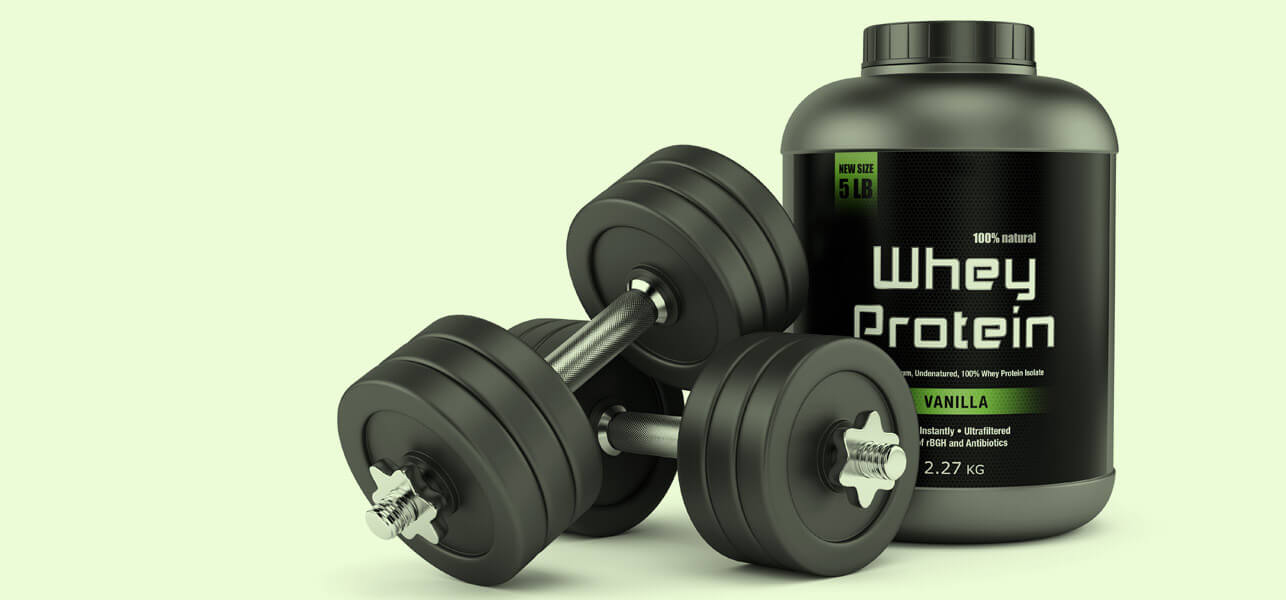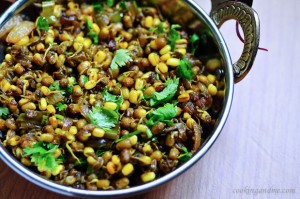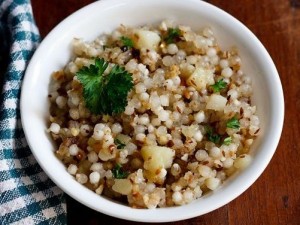Walking Is The Best, Easiest And Safest Form Of Exercise!
You will always hear or read that you must ‘pump iron’, ‘pump iron’ and ‘pump iron’ to get slim, fit and healthy! You will read a lot of confusing research about the benefits of pumping iron or strength training!
Strength training requires special equipment, trained instructors and regular visits to a gym. Once you join a gym, you are given a program and left to your own resources. If you want to avail of special supervision, you have to pay more and hire a personal trainer. You are also lured into buying expensive protein supplements.
The health industry is a multi-billion dollar industry worldwide. Health clubs have a major share in this market.
The financial reality of the exponential growth of the health club industry in India is an altogether separate issue and could be a matter of research. But the functional reality of health clubs is entirely different. It is all about selling memberships and earning incentives on it for the marketing youngsters, earning extra money by working as a personal trainer for the instructors and making money by selling expensive protein supplements for the management and, on the sly, for the trainers!
The social, intellectual and educational background, actual training and knowledge of the trainers in gyms in India is very questionable. And people put themselves and their bodies and health in the hands of these trainers! A large number of people are suffering from grave musculoskeletal injuries inflicted by these muscular trainers looking to make muscular men and women out of their pupils!
Forget all the rhetoric supporting strength training. The actual ground reality in India is quite different. You will never get the correct strength training that the researchers may be talking about!
The best exercise for almost everyone, of all ages, in most circumstances, is walking!
You don’t need these so called trainers, no specialized equipment, no visits to the gyms.
And it is good enough to not only to lose weight effectively but also to get optimally healthy!
All you need is proper clothes and appropriate walking shoes. And the desire and motivation to walk!
And you don’t need special training or technique to walk.
What you need to do is to begin walking!
US Government guidelines recommend 150 minutes of ‘moderate’ exercise or 75 minutes of ‘vigorous’ exercise each week. Walking 100 steps a minute constitutes moderate exercise while 130 steps a minute constitutes vigorous exercise. In terms of distance covered per hour, 4.4 km/hour constitutes moderate exercise while 5.7 km/hour constitutes vigorous exercise.
Researchers have found that most people walk at over a hundred steps per minute when asked to walk at their comfortable pace, that is they already walk at moderate pace. So taking them a step ahead at a time, to 110 steps, 120 steps and 130 steps is not very difficult.
But the intensity of exercise varies with many factors, including height, weight, age, level of fitness, state of health etc. What would be vigorous exercise for a five feet tall person would be moderate exercise for a six feet tall person.
So the best plan is to begin walking regularly at your normal, comfortable pace and time and increase pace and time as you get fitter. In fact, your speed and distance increase automatically as your fitness improves!
Here is a note of caution, when you walk at 120 or 130 steps per minute, you are likely to suffer from knee pain, if the muscles around the knees are not strong enough. That is the reason why you ought to take up knee strengthening exercises along with your walks.
If you are very unfit, even walking on the spot at home (like marching) for as little as five minutes at a time is good enough. Do it twice a day, morning and evening and add one session of five minutes both times of the day every few days, as you get fitter and stronger. Gradually build it up to thirty minutes in the morning and thirty in the evening, either at home or outside. You gather pace as you get more and more fit. And it all happens naturally, you don’t have to do it intentionally.
Your energy levels and mood improve within days, and you start enjoying walking. You look healthier and your skin starts glowing with the new found health.
If you are already walking, walk for thirty to forty-five minutes twice a day consistently, it gives you better metabolic rate than walking once day.
Some people may find it tough to do thirty minutes at one go. They may even grab sessions of ten minutes whenever time permits, like during the lunch break. The idea is to keep walking as and when time permits, but with a definite timetable to suit your work schedule.
You can also use a motorised treadmill for walking.
Walking lowers your bad, low density lipid (LDL) cholesterol, which leads to heart disease, increases your good, high density lipid (HDL) cholesterol, which helps ward off heart disease, lowers blood pressure and blood sugar, protecting you from diabetes and heart diseases.
The benefits of brisk walking are the same as that of high intensity cardiovascular exercises like running or dancing or aerobics or cycling. Plus it ensures against injuries.
In short, walking is the magical exercise that can make you slim and healthy without the fear of injuries. And you must walk even if you are slim!
Benefits of healthy food, exercise and weight loss on blood pressure and the heart health:
Exercise alone has been shown to reduce systolic blood pressure by 3.5 and 2.0 mm respectively.
The systolic blood pressure has been shown to drop by 5.5 and the diastolic blood pressure by 3.0 mm Hg in people shifting from diets rich in high fat dairy and flesh foods and low in low fat dairy and fibre rich foods to low fat dairy (milk, curds, buttermilk) and fibre rich foods viz. vegetables and fruits and pulses and legumes.
Weight loss of every four kg has been shown to reduce systolic blood pressure by 6.25 mm and diastolic blood pressure by 4 mm.
The combined effects of exercise and weight loss has been shown to reduce systolic blood pressure by 12.5 mm and diastolic blood pressure by 8 mm in overweight or obese people.
Exercise has also been shown to improve ventricular mass and wall thickness, reduce arterial stiffness and improve endothelial function.
The endothelium produces small amounts of nitric oxide which keeps the endothelium smooth and slippery, allowing the blood to flow smoothly and preventing inflammation of the endothelium and clot formation by white cells and platelets, by preventing them from attaching to it. It also relaxes the smooth muscle cells of the middle layer of the arterial wall, below the endothelium, preventing their spasms and keeping arteries open.
In simple words, exercises keep our arteries healthy and protect us from heart attacks and strokes!
Sitting is the modern day smoking:
According to Dr. James A. Levine, a Mayo Clinic physician, research has linked sitting for long periods of time with a number of health concerns, including obesity and metabolic syndrome — a cluster of conditions that includes increased blood pressure, high blood sugar, excess body fat around the waist and abnormal cholesterol levels. Too much sitting also seems to increase the risk of death from cardiovascular disease and cancer.
To prevent the risk of premature death due to heart disease and some cancers, we must stop sitting long hours and make sure we move around all day and walk at least 20 minutes twice a day, more even better if we are overweight!
For more information read the article ‘Science Of Exercise’ on this website.



















